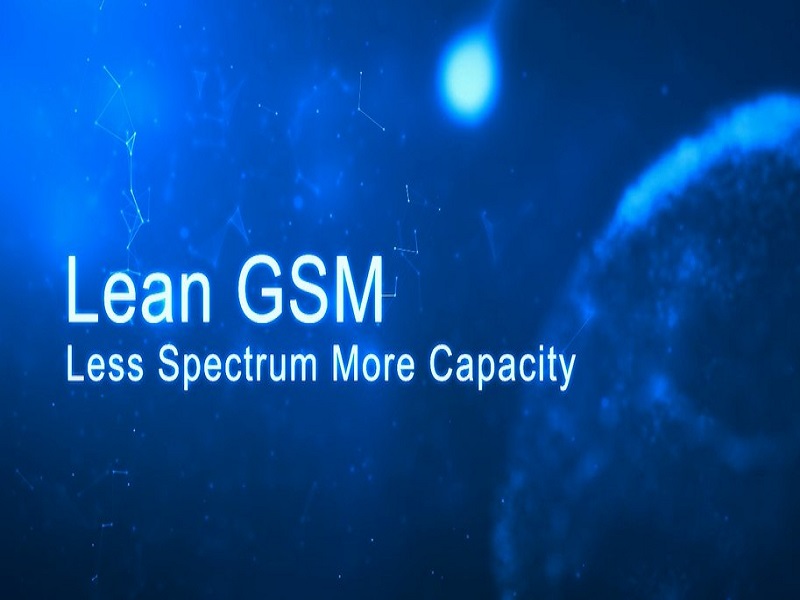GBTS
As networks go mobile, Huawei GBTSs epitomize "converged, broadband, green, and evolving" networks, helping operators build future-oriented mobile networks.
Converged: The innovative design and flexible combination of functional modules and auxiliary devices diversify Huawei GBTSs. Operators can install modules of different modes in the same cabinet to form base stations accommodating different scenarios. This accelerates the application of new frequency bands and radio technologies and effectively addresses the need for multimode mobile networks.
Broadband: The IP switching and multi-carrier technologies of the 3900 series base stations support up to 1000 Mbit/s bandwidth. This allows operators to meet the demand for fast growing mobile data services and provide users with higher data rates.
Green: Huawei GBTSs use optimized hardware and system design, innovative power amplifiers (PAs), and energy saving technologies such as power consumption management. These technologies allow operators to conserve energy, reduce emissions, and build a greener communication network using temperature controls and other green technologies.
Evolving: Huawei GBTSs have an industry-leading modular design with multimode and multi-form convergence. They are suitable for numerous different scenarios. This significantly reduces the network deployment and maintenance costs in site acquisition, capacity expansion, and environment protection. GBTSs can be easily upgraded to eNodeBs for LTE networks.
Key Features Introduction

-
The 3900 series base stations
-
Cabinet macro base stations
-
Distributed base stations
Huawei GBTSs provide comprehensive solutions through flexible combinations of functional modules and auxiliary devices. They can be customized for centralized indoor installations, outdoor centralized installations, outdoor distributed installations, and co-site installations of base stations in different modes.
cabinet macro base stations and distributed base stations. Different base stations are suited to different installation scenarios, enabling fast and cost-effective network deployment.
indoor BTS3900, indoor BTS3900L, and outdoor BTS3900A. In a cabinet macro base station, the BBU and RRUs are installed together. Cabinet macro base stations are recommended for centralized installation. BTS3900 and BTS3900L are recommended for indoor centralized installation, and BTS3900A is recommended for outdoor centralized installation.
Distributed base stations (DBS3900) consist of BBUs and RRUs. In a distributed installation scenario, install the RRUs close to the antenna system to reduce signal losses over feeders and to improve base station performance.
